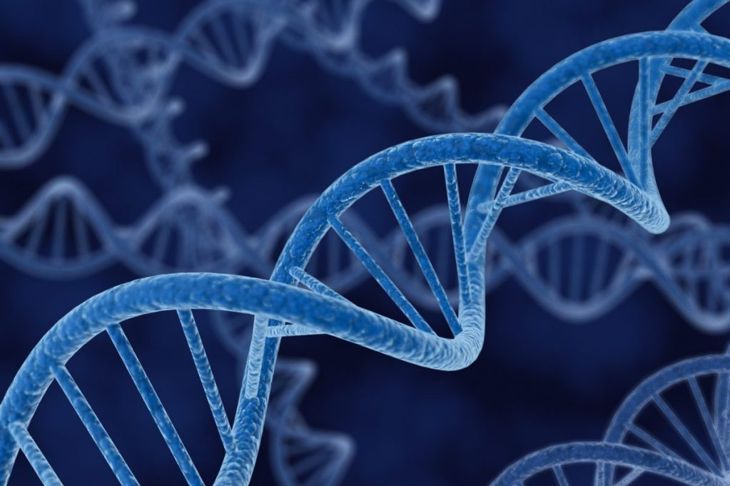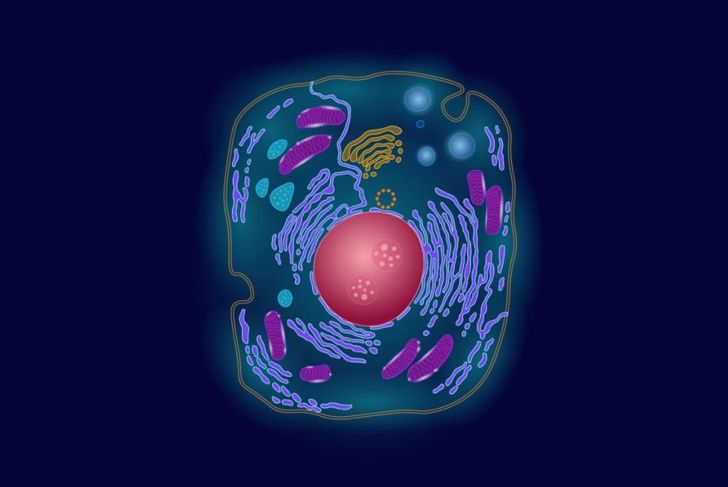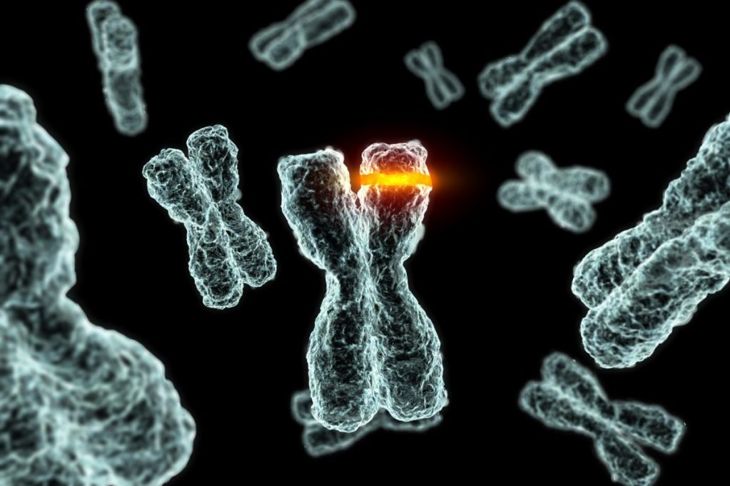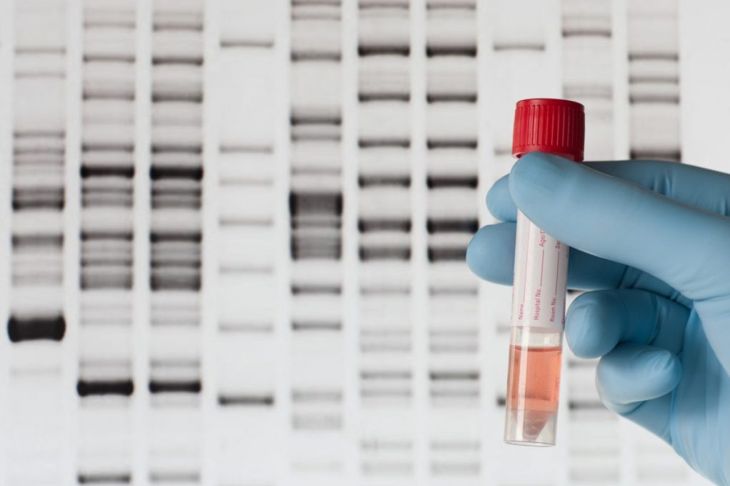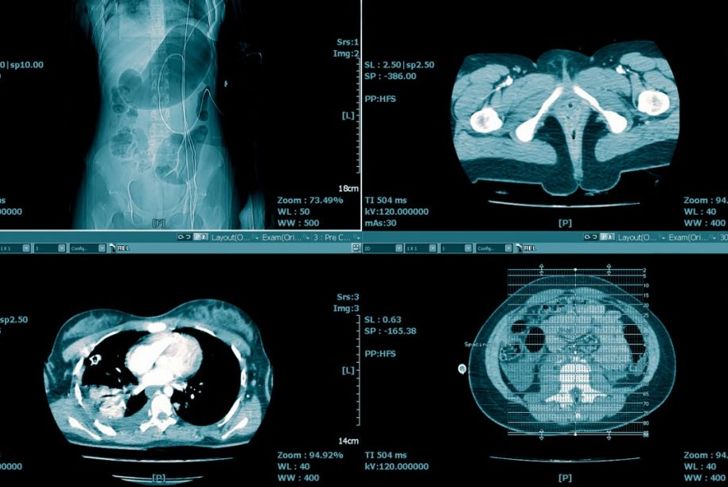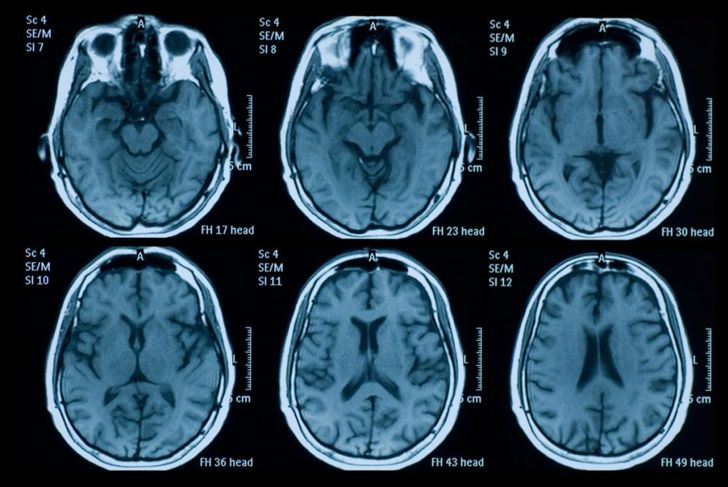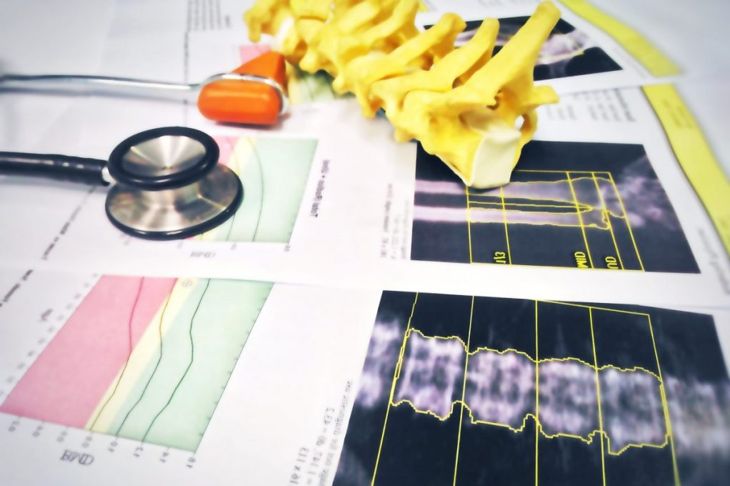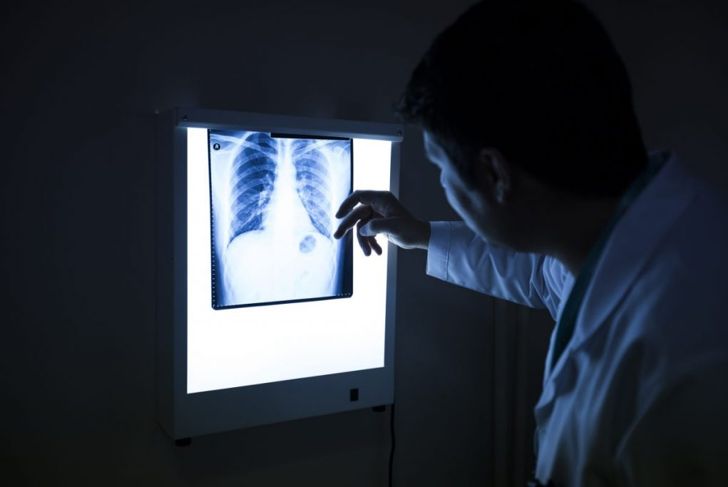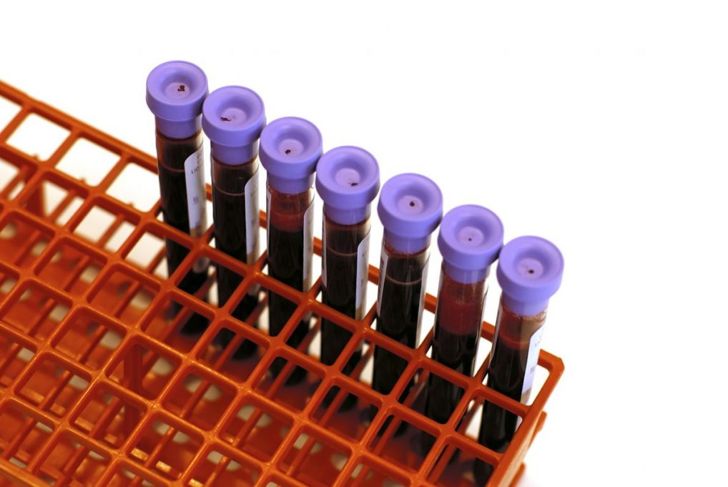Niemann-Pick disease is a rare, multiple system disease caused by an inherited genetic mutation. The mutation results in the body’s inability to metabolize lipids and leads to organ damage and degeneration and, eventually, death. The severity, symptoms, and prognosis of the disorder depend on the affected gene. Three forms exist types A, B, and C. There is no cure for Niemann-Pick disease, and treatment aims to manage symptoms. Niemann-Pick is rare, with types A and B occurring in 1 out of 250,000 people and type C occurring in 1 out of 150,000.
Defining Niemann-Pick Disorder
The niemann-Pick disorder affects the body’s ability to metabolize cholesterol and lipids in the cells. As a result, lipids accumulate in the vital organs, including the brain, liver, lungs, and bone marrow, leading to progressive degeneration in the organs affected. The disorder’s type (A, B, or C) is classified based on the underlying gene mutation as well as the severity of the symptoms. Niemann-Pick is primarily diagnosed in infants, though the disease might not be present until later in life.
What Are Lipids?
Niemann-Picks disorder is a lipid storage disease. Lipids include oils, fatty acids, cholesterol, and estrogen. They are stored in cells, organs, and tissue and in the substance coating and protecting the nerves. Normally, lysosomes within the cells metabolize lipids but, in the case of lipid storage disorders, the fats are not metabolized and continue to accumulate.
Niemann-Pick Disorder Causes
The niemann-Pick disorder is caused by a genetic mutation. It is an autosomal recessive genetic disease, meaning the child will inherit the disorder only if both parents carry the genetic mutation. Types A (NPA) and B (NPB) are caused by the mutation of the SMPD1 gene, which results in the buildup of fat called sphingomyelin and leads to eventual cell death. Type C (NPC) is caused by a mutation in either the NPC1 or NPC2 gene. This mutation affects the ability of lipids to move inside cells, resulting in cellular malfunction and death.
Risk Factors of Niemann-Pick Disorder
The most prominent risk factor is a child with two parents who carry the mutated gene for Niemann-Pick disorder. The gene is recessive, meaning that although the parents are carriers, they themselves are not affected by the syndrome. A child born of parents who each carry a recessive gene for the syndrome has a 25% chance of being born with the disease. People of Ashkenazi Jewish descent are at higher risk of inheriting NPA than other ethnicities. Nova Scotians of French-Acadian descent is the most common demographic to have NPC.
Signs and Symptoms of the Disorder
The presentation of Niemann-Pick disorder varies depending on the type, but all forms of the syndrome have similar symptoms, primarily affecting the organs damaged by the buildup of lipids. Enlargement of the liver and spleen is common, as well as neurological deficits from damage to the brain. When the condition affects the nervous system, sensory and motor deficits occur.
The Markers of Type A or NPA
Doctors diagnose NPA in infancy. Symptoms include a failure to gain weight and grow at a normal rate, an enlarged liver and spleen, and nervous system degeneration. Respiratory infection and failure are also possible. Infants diagnosed with Niemann-Pick disorder type A often die in infancy and rarely survive into early childhood.
The Markers of NPB
Niemann-Pick disorder type B presents symptoms similar to, but less severe than, those of type A. Additional symptoms include low platelet count, slow bone mineralization, and intellectual disability. Degeneration of the brain is rare in NPB. Diagnosis of Niemann-Pick syndrome type B typically happens in early childhood, and most children survive.
The Markers of NPC
The least severe of the three types, Niemann-Pick disorder type C may develop in childhood or adulthood. Symptoms include brain damage, motor system impairments, liver disease, and lung disease. Speech and swallowing may also be affected. It is common for people with NPC to survive into adulthood.
Diagnosing Niemann-Pick Disorder
Diagnosis of Niemann-Pick disorder primarily occurs in infancy or childhood, but in some cases, the disease does not present until later in life. Doctors can diagnose the condition with genetic or prenatal testing before birth if there is reason to suspect the disorder in a fetus. Otherwise, the doctor will begin the diagnosis when symptoms develop. A physical exam and patient history investigate symptoms, family history, other medical concerns, and risk factors. NPA and NPB typically require a blood or skin biopsy that measures levels of sphingomyelinase, a metabolic enzyme. Doctors identify NPC using a skin biopsy to evaluate cell mobility and storage.
Treatment of Niemann-Pick Disorder
Treatment of Niemann-Pick disorder focuses on alleviating symptoms rather than targeting the underlying metabolic disorder. Due to progressive neurological degeneration and organ damage, as well as the disorder’s eventual mortality, methods aim to make people with the disorder as comfortable and pain-free as possible. Care provided by several medical specialists can usually sufficiently manage the symptoms.

 Home
Home Health
Health Diet & Nutrition
Diet & Nutrition Living Well
Living Well More
More